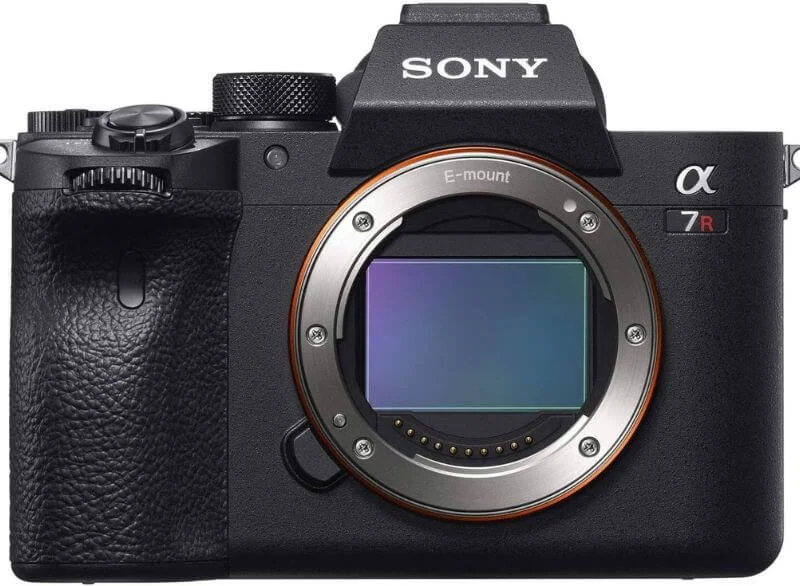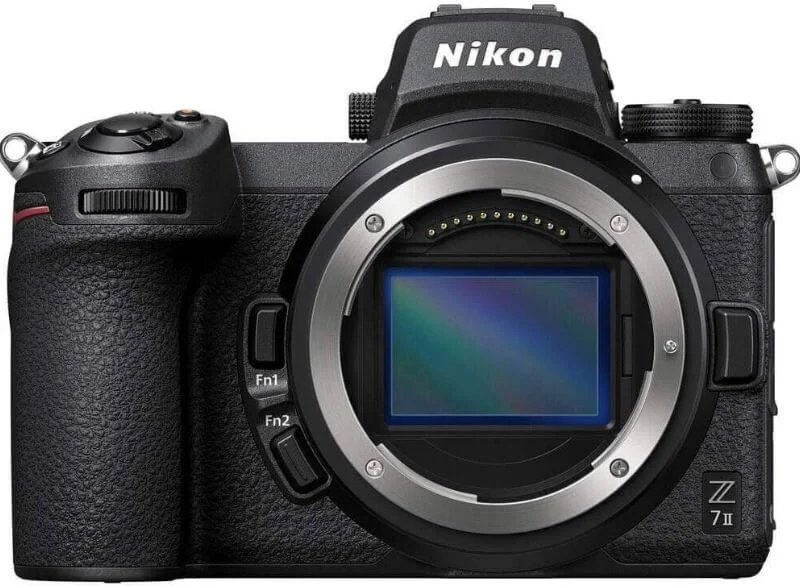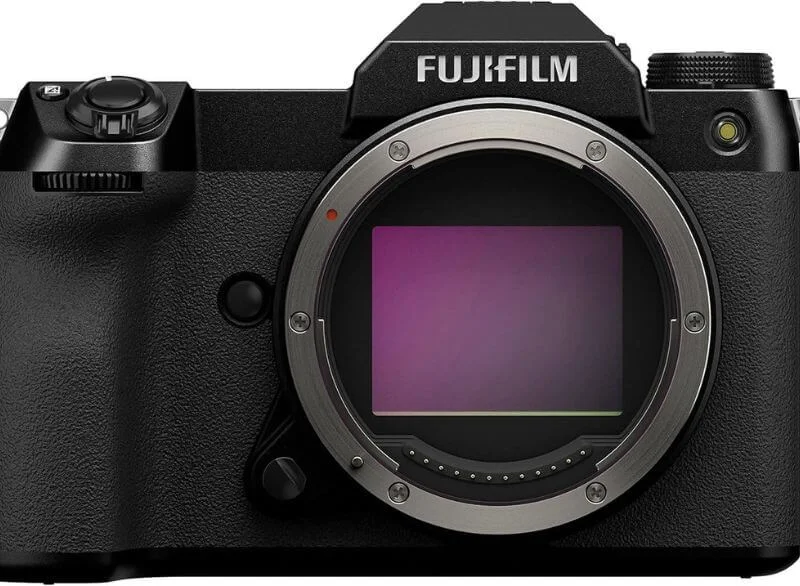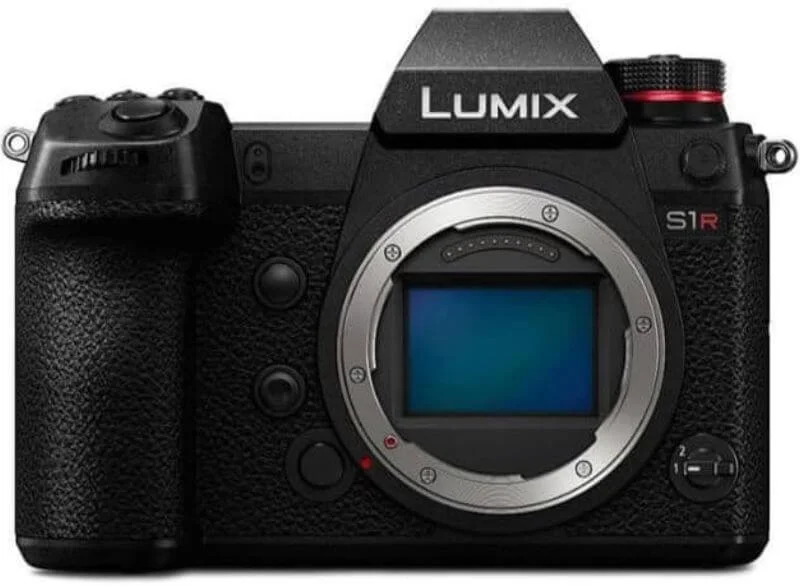A still life photograph must be technical, tonally accurate, and sharp. Camera choice affects how accurately textures, colors, and fine details are captured. This guide examines what makes a camera well-suited to still life photography and reviews some of the most reliable options.
What to Look for in a Camera for Still Life Photography
The best camera for still life photography goes beyond megapixels. You need consistent color reproduction, tonal depth, and precise manual operation.
1. Sensor Size and Resolution
Large sensors offer better dynamic range, less noise, and superior color accuracy. For printing or cropping, a resolution above 30 megapixels is generally preferred.
2. Color Accuracy and Bit Depth
Still life compositions use subtle tonal variations. In post-production, cameras that provide 14-bit or 16-bit RAW files preserve greater gradation and prevent color banding.
3. Lens Compatibility
Specialized optics, such as macro lenses and tilt-shift lenses, transform still life images. A tilt-shift lens controls perspective, while a macro lens captures fine details.
4. Manual Controls and Tethering
Manual control of exposure, white balance, and focus is essential. Cameras with tethering capabilities, such as live view and remote capture, greatly improve workflow.
5. Stability and Build Quality
Taking still life photos often requires long exposures, so cameras with solid tripod mounts, minimal vibration, and ergonomic design are essential.
Top Cameras for Still Life Photography
The following is a list of several models known for outstanding still life performance across a wide range of sensor types and price ranges.
1. Sony A7R IV

Sony A7R IV is a great camera for still life photography because of its full-frame sensor. For static subjects like products or fine art, Pixel Shift Multi Shooting mode creates 240MP images. 5-axis in-body stabilization ensures maximum sharpness, and USB-C tethered shooting lets you transfer files instantly.
In spite of its large file sizes, the A7R IV remains a top choice for photographers. Proper lighting is crucial for capturing fine detail, check out Studio Lighting Photography for tips.
2. Canon EOS R5

Canon EOS R5 delivers excellent color and detail with a 45MP full-frame sensor. Despite slow shutter speeds, its in-body stabilization ensures sharp results, even with spot autofocus and manual controls. With RAW+JPEG flexibility, the R5 allows quick adjustments.
For photographers who value clarity, control, and consistency, it’s an excellent choice. See Photography Lighting Techniques for more information on how lighting affects texture and shadows.
3. Nikon Z7 II

The Nikon Z7 II offers outstanding dynamic range and tonal control for still life photography with its 45.7MP sensor and low native ISO of 64. For studio or commercial work, it captures fine textures with remarkable clarity. This weather-proof camera features a dual card slot and in-body image stabilization to ensure sharp, vibration-free images. With every frame, the Z7 II delivers precision, depth, and consistency.
4. Fujifilm GFX 50S II

Fujifilm’s GFX 50S II has a 50MP medium format sensor that delivers outstanding detail, dynamic range, and color accuracy. Even when handheld, the camera’s in-body image stabilization ensures sharp shots. GF lenses and dual-tilt LCD provide creative flexibility. While the GFX 50S II has some limitations, it’s ideal for controlled still life with stationary subjects.
5. Panasonic Lumix S1R

Panasonic Lumix S1R features a 47MP full-frame sensor and exceptional dynamic range. With in-body image stabilization (IBIS) and pixel-shift high-resolution mode, this camera can capture ultra-detailed images. A tilting LCD and manual focus tools enhance precision and flexibility.
Its weather-resistant body, ergonomics, and long battery life make it ideal for professionals. The large size and complex features are minor considerations when shooting in controlled, static environments.
Camera Settings for Still Life Photography
- Aperture: f/8 to f/11 for optimal sharpness and depth
- ISO: Keep as low as possible (ISO 100–200) to avoid noise
- Shutter speed: Adjust for exposure; use tripod stability
- White balance: Set manually or use a gray card for accuracy
- Focus: Manual focus with live view magnification ensures precision
Frequently Asked Questions
Macro lenses (90mm–105mm) provide high magnification and minimal distortion. Tilt-shift lenses offer perspective control, useful for tabletop compositions.
In order to emphasize form and texture, soft, diffuse lighting, such as that from a softbox or natural window light, should be used.
For professional work, 40+ megapixels allow cropping and large prints. For hobbyists, 24–30 MP is more than adequate.
Conclusion
For still life photography, high resolution, color accuracy, and manual control are crucial. Sony, Canon, and Nikon’s full-frame options offer flexibility and proven reliability, while Fujifilm’s GFX offers unmatched tonal depth.
Related Posts You Might Like
- Best Camera Accessories for Photographers – Gear to elevate your photography.
- Best Camera Brands in 2025 – Discover your ideal camera brand.
- Best Mirrorless Camera Review – Review of the best mirrorless cameras.
- Best Olympus Camera Review – Find out which Olympus camera is right for you.

